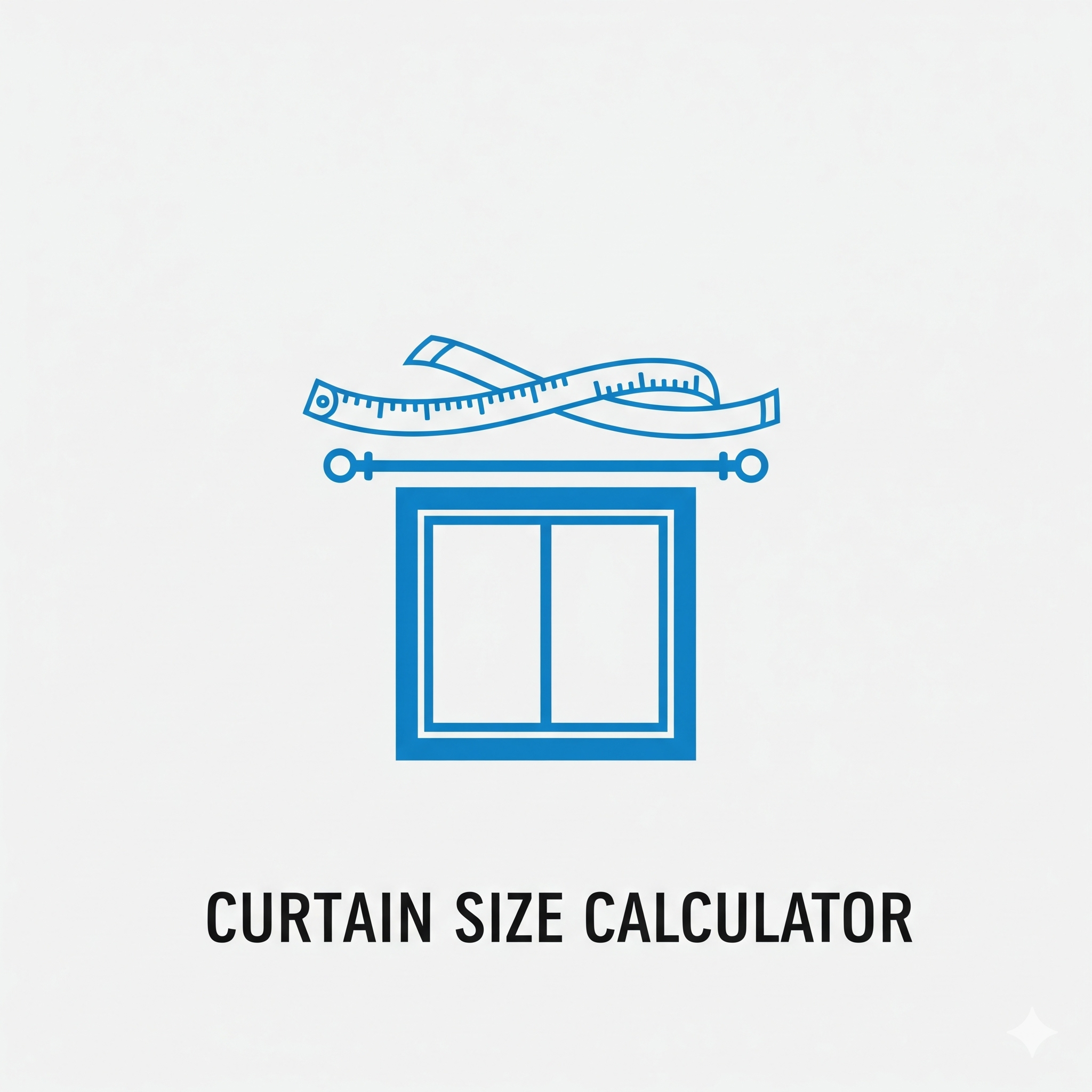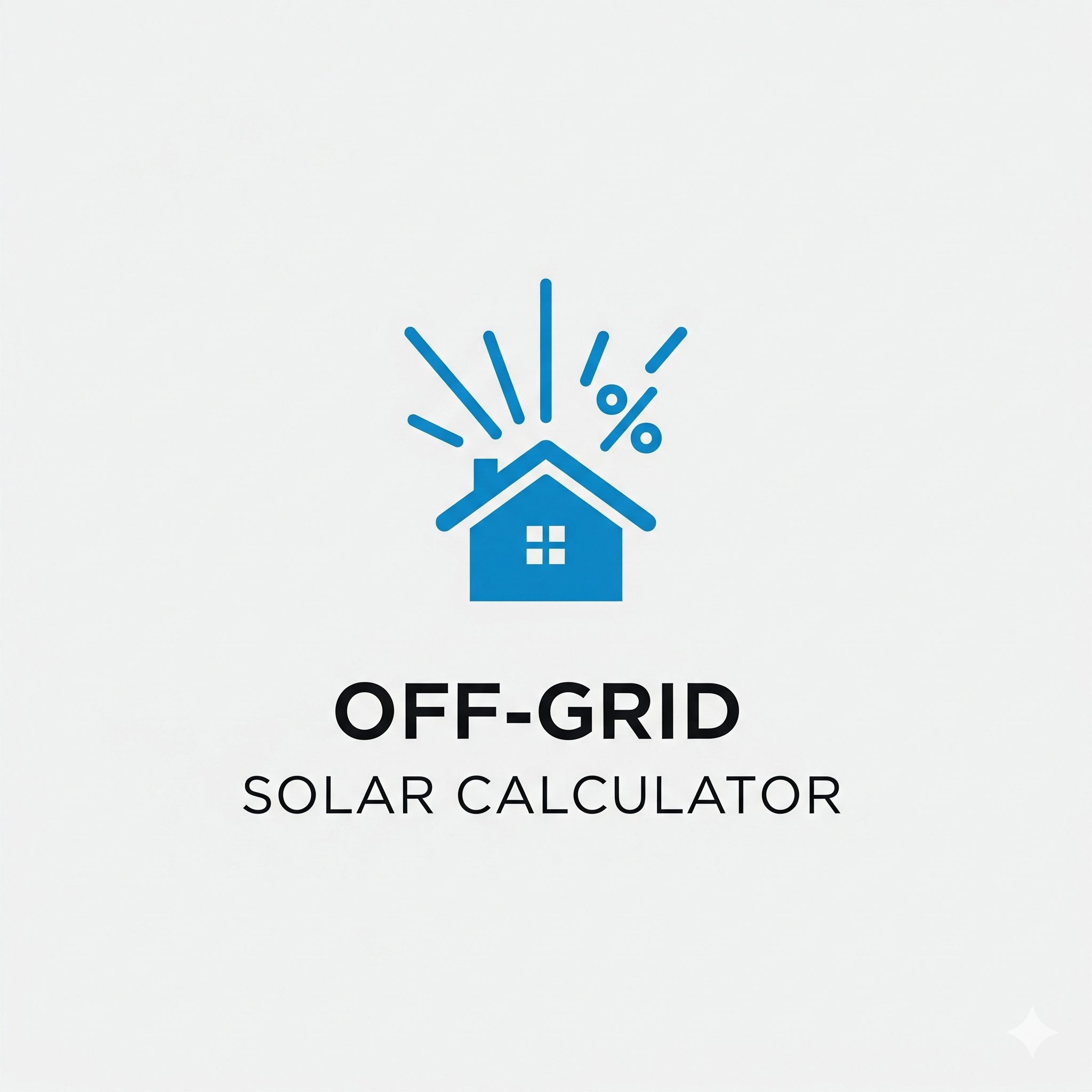Curtain Size Calculator & Measurement Guide
Use our free Curtain Size Calculator to find the perfect dimensions for your curtains and blinds. Learn how to measure your windows for a professional, designer look.
Curtain & Blind Measurement Calculator
Stop guessing and get the perfect fit for your window treatments. Enter your window’s dimensions below for a professional recommendation.
Your Recommended Measurements
Your results will appear here.
How to use this tool: Measure the width and height of your window frame in inches. Select your desired treatment type (Curtains or Blinds). Fill in the extra details and click the button. The calculator will provide you with the ideal measurements for a professional, designer-quality look.
The Only Curtain Size Calculator You’ll Ever Need for a Flawless Finish
Window treatments are the jewelry of a room. They can add softness, color, texture, and are one of the most powerful tools for creating a sense of height and space. Yet, it’s the one area where I see the most common and cringe-worthy design mistakes. I’m talking about “high-water” curtains that end awkwardly halfway down the wall, or rods installed so low and narrow they make the window look like a tiny, sad postage stamp. As a tiny home designer at Neat Tiny Home, I can tell you that the secret to luxurious, professional-looking window treatments isn’t about spending a fortune; it’s about mastering the math. That’s why I built this **Curtain Size Calculator**. It’s your personal guide to getting the measurements right, ensuring your windows look as grand and beautiful as possible.
This tool is designed to demystify the process and instill you with the core principles that interior designers use on every project. It will help you avoid costly mistakes and the disappointment of hanging up your new curtains only to realize they just don’t look right. With our **Curtain Size Calculator**, you can shop and install your window treatments with total confidence, knowing that the final result will be perfectly proportioned, functional, and beautiful, transforming the entire feel of your room.
The “High and Wide” Philosophy: Your #1 Rule for Curtains
If you learn only one thing about hanging curtains, let it be this: **go high and wide**. This is the single most impactful trick to make your room feel taller and your windows larger. “High” means installing the curtain rod 4-6 inches *above* the window frame—or even halfway between the frame and the ceiling for a truly dramatic effect. “Wide” means the rod should extend 4-6 inches *beyond* the window frame on each side. Why? This allows you to stack the curtains fully on the wall when they’re open, which does two magical things: it prevents the fabric from blocking any precious natural light, and it tricks the eye into believing the window itself is much wider than it actually is. This principle is baked into the recommendations of our **Curtain Size Calculator** and is a complete game-changer, especially in a tiny home where maximizing light and the perception of space is paramount.
Decoding Window Treatment Terminology
The world of curtains and blinds has its own language. Understanding these terms will help you interpret the calculator’s results and shop like a pro.
- Fullness: This refers to how much fabric is gathered on the rod. A fullness of 2x (the industry standard) means the total width of your curtain panels should be twice the width of your curtain rod. This ensures your curtains look lush and pleated even when closed, not like a flat, sad sheet. Our calculator provides recommendations for both standard (2x) and luxury (3x) fullness.
- Stackback: This is the amount of space the curtain panels take up on the wall when they are fully open. The “high and wide” method ensures your stackback is on the wall, not covering your glass.
- Floor-Length Styles: The most common and stylish look is for the curtain to either “kiss” the floor (hovering just 1/2 inch above) or be perfectly flush with it. The “puddle” look, where fabric pools on the floor, is a more dramatic, traditional style that can be difficult to maintain in a high-traffic or tiny space.
- Inside vs. Outside Mount: This applies to blinds and shades. An **inside mount** fits snugly within the window frame for a clean, minimalist look. An **outside mount** is installed on the wall or trim outside the frame, which is great for blocking more light and hiding imperfect window frames.
A Style Guide to Window Treatments for Tiny Homes
Beyond the measurements, the type of treatment you choose has a huge impact. In a small space, every choice matters.
| Treatment Type | Best For | Tiny Home Tip |
|---|---|---|
| Curtains | Adding softness, color, texture, and sound absorption. | Choose light-colored, lightweight fabrics like linen or sheer cotton to maintain an airy feel. A vertical stripe pattern can also create an illusion of height. |
| Roman Shades | A clean, tailored look that is more structured than curtains. | These are excellent space-savers as they take up no floor or wall space. An inside mount keeps the look incredibly tidy. |
| Roller/Cellular Shades | The ultimate minimalist option for privacy and light control. | Cellular (or honeycomb) shades provide fantastic insulation, which is a huge energy-saving benefit in a tiny home. They virtually disappear when raised. |
Window treatments are one of the most functional decor items in your home. They provide privacy, control light, add insulation, and complete your design vision. Don’t let them be an afterthought. By using our **Curtain Size Calculator** and following these simple design principles, you can frame your windows perfectly and elevate the entire look of your home.
What is the most challenging window you have to decorate in your home? Share your window woes in the comments below!
Frequently Asked Questions (FAQ)
- Should curtains always touch the floor?
For most rooms, especially main living areas and bedrooms, floor-length curtains provide the most elegant, intentional, and high-end look. The only common exceptions are for windows where something is underneath, like a radiator or a kitchen counter. In those cases, a curtain ending just below the windowsill or apron is appropriate. - The calculator gave me a total panel width. Do I buy one giant curtain?
No. You typically buy two separate curtain panels and their combined width should meet the recommendation. For example, if the tool recommends a total width of 80″, you would look for two 40″ panels. - What about the curtain rod itself? What style should I choose?
Choose a simple, clean rod that complements the other finishes in your room (like your light fixtures or cabinet hardware). For a tiny home, a slim, simple rod with small end caps or finials is often best to avoid a heavy, cluttered look. - How do I measure for a bay window?
Bay windows often require a special wrap-around curtain rod or multiple smaller rods connected with corner elbows. You would measure each section of the bay as a separate window and add the rod widths together. It’s often best to consult a professional guide or a window treatment store for complex windows like these. Reputable sites like Pottery Barn have detailed measurement guides for tricky situations.




Post Comment